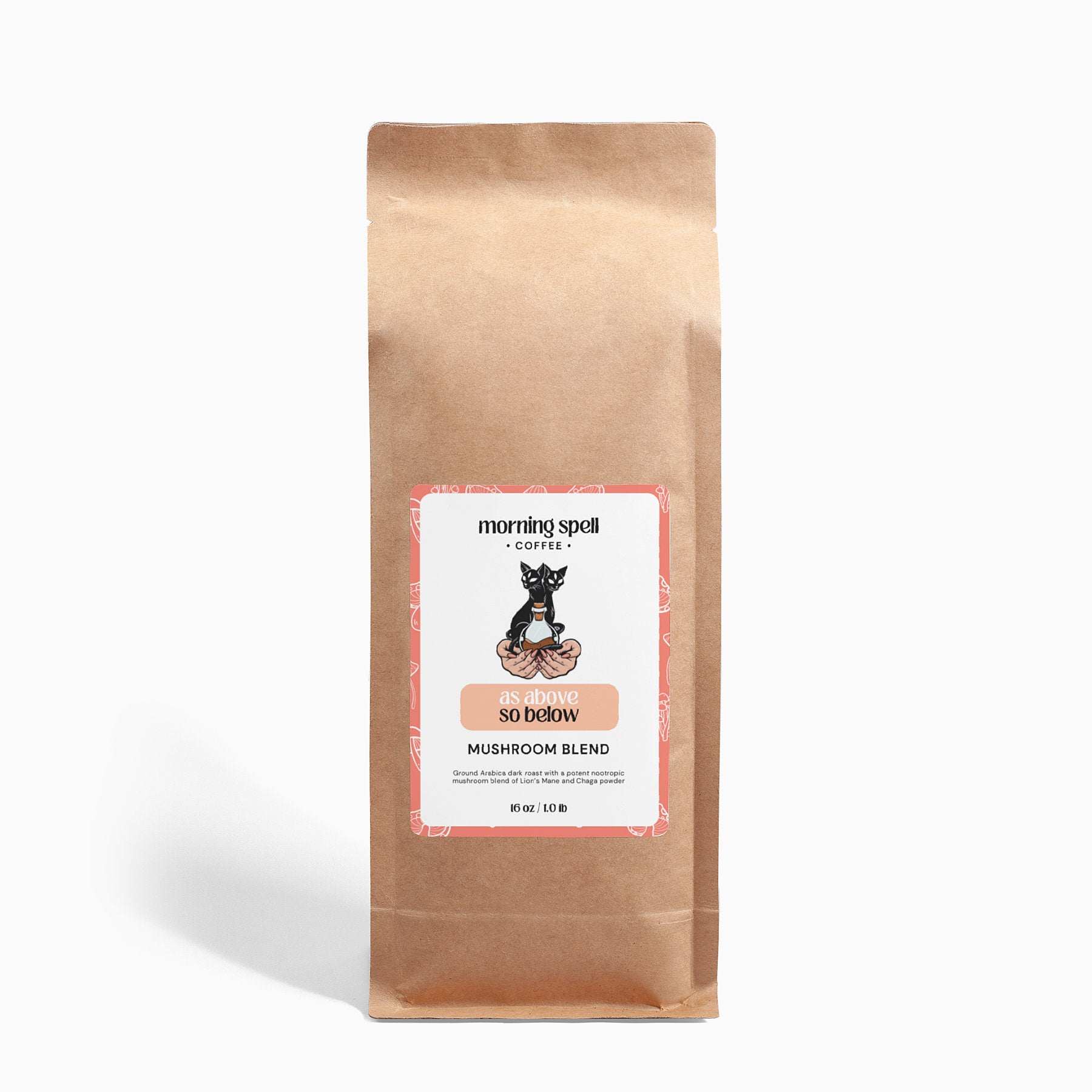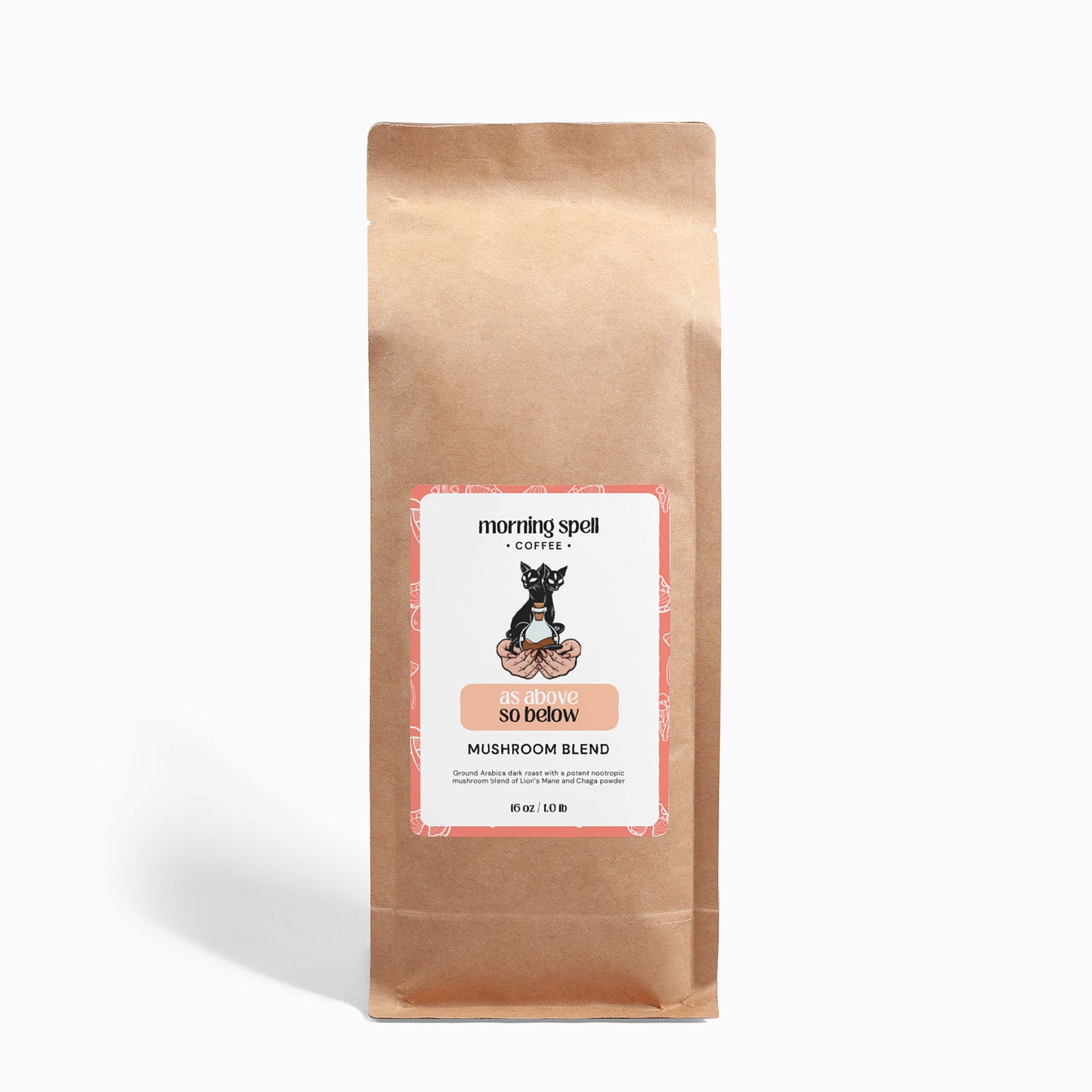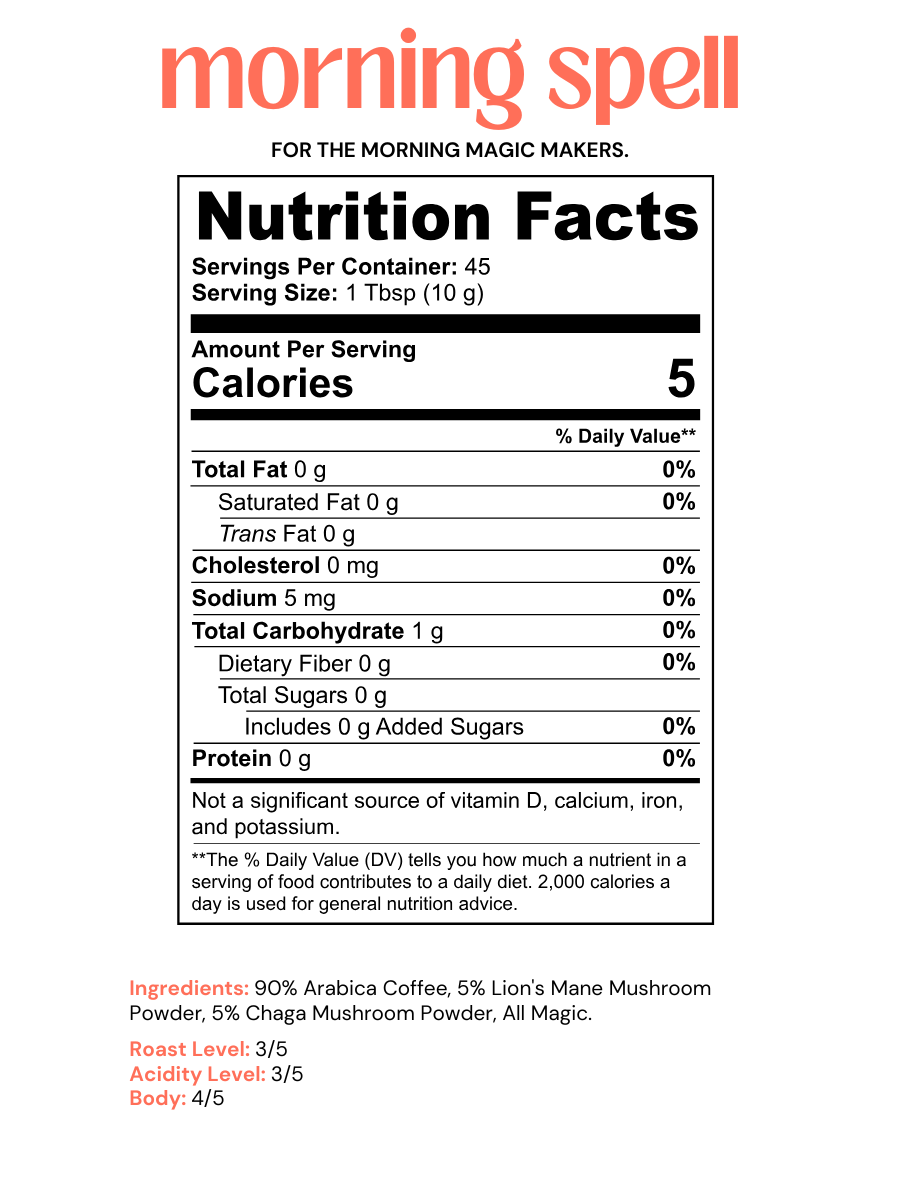Table of Contents
While the word “acid” or “acidity” likely invokes feelings of discomfort, its general presence in coffee isn’t a bad thing and contributes to its flavor profile.
So what’s coffee acidity? Let’s break it down.
What is coffee acidity?
Coffee acidity refers to the bright, tangy and fruity flavors that are often present in coffee. Acidity in coffee is not the same as the acidity in your stomach, and it doesn’t have the same effect on your body. Instead, coffee acidity is a measure of the pH of the coffee and how it tastes on your tongue. The more acidic the coffee, the more intense its flavor will be.
Coffee acidity can range from v. low to extremely high – and finding just the right amount for your personal tastes can make all the difference in whether you enjoy the taste (or aftertaste) of your coffee during your AM rituals.

Coffee acidity affects taste. Bet.
If you've ever had a cup of coffee that tasted sour or bitter, chances are it was either high in acidity or low in acidity. Acidity is an important flavor component of coffee, and the right balance of acidity can result in a cup of coffee that is both flavorful and well-balanced. However, if there is too much or too little acidity, the coffee will taste sour or bitter. High acidity coffees are typically fruity and bright, while low acidity coffees tend to be more mellow and smooth. The best way to find the perfect balance of acidity is to experiment with different types of coffee until you find one that suits your taste.
What are the acids present in coffee?
There are several acids present in coffee, but the primary acids found in coffee are chlorogenic acids, which are a type of phenolic acid. Chlorogenic acids are responsible for much of the characteristic flavor of coffee, and they’re also thought to have potential health benefits. Other acids present in coffee include citric acid, malic acid, and quinic acid. The levels of these acids can vary depending on factors such as the type of coffee bean, the roast level, and the brewing method.
- Citric acid is responsible for the bright, tangy flavors found in citrus fruits.
- Malic acid is found in apples and other green fruits, and it gives coffee a crisp, clean flavor.
- Acetic acid is found in vinegar, and it provides coffee with its signature pungent aroma.
Other ways these acids work together? The citric acid in coffee helps to acidify the beans, while the malic acid provides a buffer against too much acidity.
In addition, these acids help to keep the coffee fresh and prevent it from spoiling.
In general, too much acidity can make the coffee taste bitter or sour, while too little acidity can make the coffee taste flat and dull. It’s important to find the right balance of acidity in your coffee to find a balance you enjoy, especially if you’re drinking it black.
What determines acidity in coffee?
There are several factors that can affect the acidity of coffee, including… you guessed it – the type of coffee bean, the roast level, the brewing method, and the water used to brew the coffee.
- Type of coffee bean: For example, Arabica beans tend to have a higher acidity than Robusta beans. This is because Arabica beans contain higher levels of certain types of acids, such as citric acid, malic acid, and acetic acid, which contribute to their bright and fruity flavors. Robusta beans, on the other hand, have a lower acidity and tend to have a nuttier and earthier flavor profile.
- Roast level: The roast level of coffee beans can also affect their acidity, which is why different types of coffee roasts hit different. Lighter roasts tend to have a higher acidity due to the shorter roasting time, which preserves more of the beans' natural acidity. Darker roasts, on the other hand, tend to have a lower acidity due to the longer roasting time, which breaks down and caramelizes the acids in the beans.
- Brewing method: The brewing method can also affect the acidity of coffee. Certain methods, such as espresso and French press, tend to extract more acidity from the beans than others due to the longer extraction time. Pour-over and drip methods tend to produce coffee with a lower acidity due to the shorter extraction time.
- Water: The pH and mineral content of the water used to brew the coffee can also affect its acidity. Hard water, which has a higher mineral content, can extract more acidity from the beans due to its higher pH level. Soft water, on the other hand, has a lower pH level and can extract less acidity from the beans.
How to adjust the level of acidity in coffee
Wait, this is possible?! Yep, there are ways to adjust the level of acidity to suit your preferences.
- Adjust brewing time
- Adjust brewing method
- Change the grind size (only for whole bean)
- Adjust the water to coffee ratio
- Add ingredients
Change length of brewing time: One way to change the acidity of coffee is by brewing it for different amounts of time. If you want a more acidic cup of coffee, brew it for a shorter period of time. This will result in a higher concentration of acids in the final product. Conversely, if you want a less acidic cup of coffee, brew it for a longer period of time. This will give the acids more time to break down, resulting in a smoother cup of coffee.
Use a different brewing method: Different brewing methods extract different levels of acidity from the beans. For example, French press and espresso tend to produce coffee with higher acidity than drip brewing or cold brew.
Change the grind size: Another way to change the acidity of coffee is by changing the grind size. If you want a more acidic cup of coffee, use a finer grind. This will increase the surface area of the beans that come into contact with water, leading to increased extraction of acids. Conversely, if you want a less acidic cup of coffee, use a coarser grind. This will reduce the surface area of the beans that come into contact with water, leading to decreased extraction of acids.
Adjust the water to coffee ratio: Using more coffee relative to the amount of water can result in a higher acidity coffee.
Add ingredients: Adding ingredients, such as milk, vanilla collagen, or a sweetener, can help to balance out the acidity of the coffee.
It’s all about experimentation.
[PS: we created a post that talks about what to put in coffee if you're wanting to try something new for flavor!]
Acidity of coffee vs. tea
While we’re primarily team coffee (though we do enjoy a good tea every now and again) a lot of people researching acidity are curious about the differences in the acidity of coffee vs tea.
Tea tends to have lower levels of acidity than coffee, with most varieties having an acidity level of around 2-6 on the pH scale. This is because tea leaves are not exposed to the high heat and pressure that coffee beans are during the roasting process, which breaks down acids more effectively.
In general, teas with lower levels of acidity tend to be gentler on the stomach and easier to drink, making them a popular choice for people with sensitive stomachs or who struggle with heartburn.
Coffee, on the other hand, tends to have higher levels of acidity, ranging from roughly 5-7 on the pH scale. This is largely due to the roasting process, which breaks down acids and releases volatile compounds that contribute to a coffee's flavor profile.
However, this also means that coffees with a high acidity level can sometimes cause heartburn or digestive issues, especially for people who are sensitive to caffeine 🥺.
A quick highlight of differences in the acidity of coffee vs tea:
Tea acidity:
- Described as astringent
- Caused by the presence of tannins in the tea leaves
- The level of tannins in tea can vary depending on the type of tea (black tea tends to have more tannins than green tea), the age of the tea leaves (older leaves tend to have more tannins), and the length of time they are brewed (longer brewing times can extract more tannins from the leaves)
- Can contribute to the bitter and drying sensation in the mouth that is often associated with tea.
Coffee acidity:
- Described as bright, tangy, and fruity
- Affected by the type of coffee bean (Arabica beans tend to be more acidic than Robusta beans), the roast level (lighter roasts tend to be more acidic than darker roasts), the brewing method (espresso and French press tend to produce more acidic coffee than pour-over and drip methods), and the water used to brew the coffee (hard water with a higher mineral content tends to extract more acidity from the beans)
- Measured on a scale from 0 to 14, with 0 being the most acidic and 14 being the least acidic
- Most specialty coffees fall within the range of 6 to 8 on this scale, with 7 being neutral
Coffee acidity chart to understand acidity levels
Coffee acidity is rated on a scale from 0 to 14, with 0 being the most acidic and 14 being the least acidic. Most specialty coffees fall within the range of 6 to 8 on this scale, with 7 being neutral.
The coffee acidity chart below can help you to understand the different levels of acidity and find the coffee that's right for you.
Coffee Acidity Level
High
A high acidity coffee will have a tart, tangy flavor with a slightly astringent finish. coffees with a high acidity level are often described as "bright" or "lively."
Medium-High
A coffee with a medium-high acidity will have a clean, balanced flavor with a slight zing. coffees with a medium-high acidity level are often described as "crisp" or "snappy." (Maybe like a gentle slap in the face to wake you up?)
Medium
A coffee with a medium acidity will have a smooth, mellow flavor with no sharp edges. Coffees with a medium acidity level are often described as "round" or "flavorful."
Medium-Low
A coffee with a medium-low acidity will have a smooth flavor with only a hint of tanginess. coffees with a medium-low acidity level are often described as "mild" or "calming."
Low
A low acidity coffee will have a very smooth flavor with no harshness or bitterness. coffees with a low acidity level are often described as "sweet" or "gentle."
Though often overlooked, acidity plays a crucial role in the flavor of your coffee. The next time you take a sip of your morning life blood, think about the delicate dance of acids that create its unique flavor profile. It’s a great way to be present with something we normally drink super fast.
If you're looking for ways to tweak the taste of your roast, remember that adjusting the level of acidity in coffee is a great place to start.






